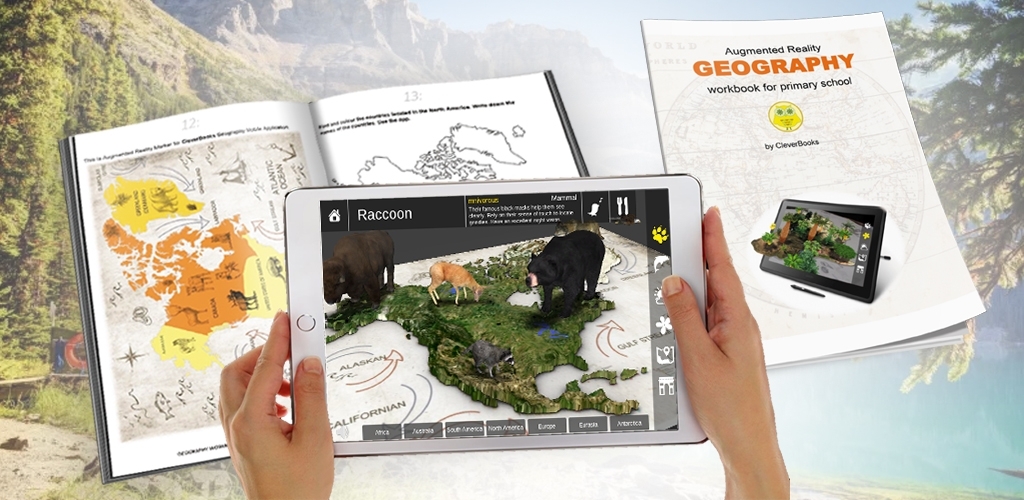.The modern world revolves around technology in daily tasks. The integration of technology in the educational process is the answer to the challenges in today’s rapidly changing world. The schools are obliged to innovate, and educators are forced to break traditional pedagogical barriers to accommodate 21st-century learning demands of digital-native students. EdTech serves as an excellent means to deliver curriculum content to today’s generation of digitally connected students anytime, anywhere, and across devices.
Technology in education is an integral part to reflect on in the fast-paced world we live in. STEM education has become a major topic in modern K-12 classrooms (for example, where Web-based Augmented Reality is in use) with technology-rich learning spaces that provide students with opportunities for diverse activity focused on collaboration, critical thinking, creativity, and communication. In early 2020, schools around the world were forced to embrace digitalization when almost all of them shut their doors due to the global pandemic, and suddenly moved to a remote learning environment. Digital transformation in the education space entered a new dimension, speeding the integration of immersive technologies into the curriculum.

However, bringing education to the technological era and maintaining the curriculum is still a challenge for schools worldwide. Improving the quality of education requires an innovative mindset and adaptation of educational technology at the K-12 schools, addressing the needs of a 21st-century society where we use the technologies strategically to benefit students’ learning.
The Institute for the Future (IFTF) identifies six drivers of change in the Education sector:
- Extreme longevity.
- The rise of smart machines and systems.
- Computational world.
- New media ecology.
- Super structured organizations.
- Globally connected world.
The EU Digital Education source outlines the areas of focus for digital education as:
- Evaluation of information, collaboration through digital technologies.
- Managing a digital entity, developing digital content.
- Protecting personal data.
- Protecting well-being.
- Digital problem solving.
EdTech provide possibilities to proactively address the above-mentioned areas of modern education, or a centralized approach of supporting accessible, personalized learning.

